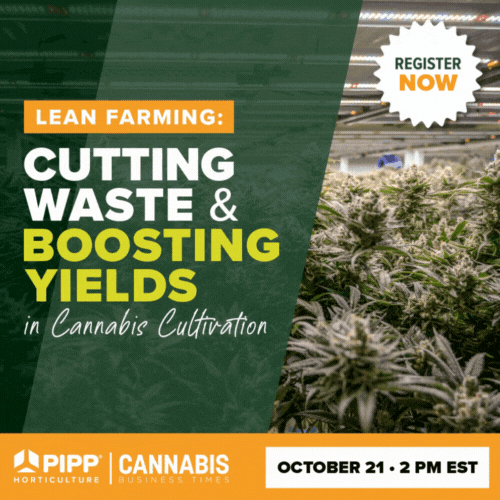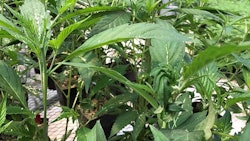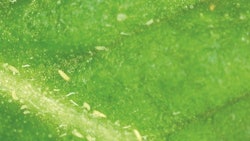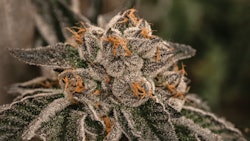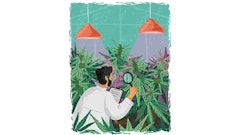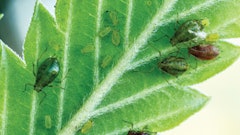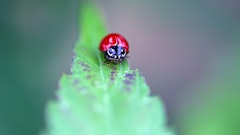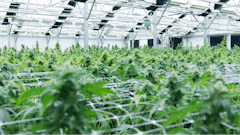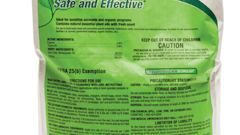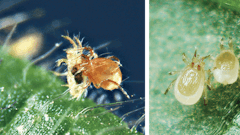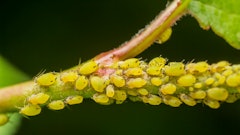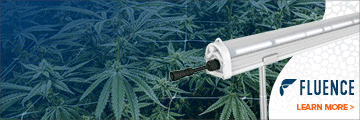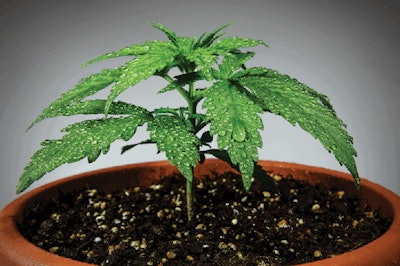

Whether you’re applying a pesticide to a conventional agricultural crop or to cannabis, the same concepts apply to help ensure the task is performed in a safe manner for the applicator, the public and the environment. Here are 15 tips to avoid putting your employees, and your license, at risk when applying pesticides.
Is a Pesticide Application Needed?
The best way to protect staff from exposure to potentially harmful chemicals is to limit pesticide use. However, if pesticides must be used, integrated pest management (IPM) principles should be implemented prior to applying any pesticide. Consider these steps first to help control pest issues:
1. Establish an action threshold. An action threshold is the point at which a pest population becomes large enough to require corrective action. Seeing one insect doesn’t always indicate a pesticide application is necessary.
2. Take time to identify and understand the pest’s life cycle and habits. Understanding a pest’s biology could allow you to control a pest issue by simply modifying the environment.
3. Implement practices to proactively prevent pest issues, such as removing plants before pests spread, clean room practices and regular scouting.
4. Once it’s determined a pesticide application is needed, identify the least toxic product that will accomplish your goals. For any applications being made to Cannabis, be sure to check with your state lead agency to confirm that the pesticide product you intend to use is allowed for use on Cannabis. States must review each product to determine if it meets state criteria or rules that would allow the product to be legally used.
Making a Pesticide Application
5. Remember to read the label before applying any pesticide because the label is the law. The product label provides important information that the applicator and those who may encounter residues must know, such as:
- Ingredients: Active ingredient(s) in the product.
- Signal word: The signal word will be either: Caution, Warning, Danger or Danger with skull and crossbones. These indicate the product's toxicity level.
- First aid: Information on what to do if the product gets in your eyes, mouth or lungs, or on your skin.
- Precautionary statements: Listed hazards that exist to humans, domestic animals and the environment if exposed to the product. This section provides specific restrictions.
- Personal protective equipment (PPE): Safety equipment that must be worn when mixing, loading and applying the product.
- Directions for use: How and where the product can be applied, at what rates it can be mixed and other restrictions.
- Storage and disposal instructions.
Before You Pull the Trigger
6. Be sure you’ve met all federal Worker Protection Standards (WPS). Cannabis is an agricultural crop; therefore, the WPS applies to certain applications.
7. Choose product formulations and application methods least likely to lead to exposure.
8. Mix pesticides in well-ventilated areas.
9. Mix only what is needed to avoid storing or disposing of excess pesticides.
10. Never dispose of pesticides down the drain.
11. Be prepared for spills. Have paper towels, kitty litter, garbage bags and non-absorbent gloves on hand and easily accessible.
12. Read the first-aid instructions on the label. Know the warning signs of a pesticide exposure and have the number for the Poison Control Center (800-222-1222) available.
13. Make sure the area is well ventilated when spraying indoors. This is especially important in cultivation facilities that have been converted from warehouses (which might not have been equipped with ventilation). Having air scrubbers or portable air movers can help ensure areas are well ventilated.
14. Use the correct mixture rates intended for use on agricultural commodities. Do not use the “non-crop” rates listed on the pesticide label.
15. Always wash your hands after using pesticides, especially before smoking or eating.

